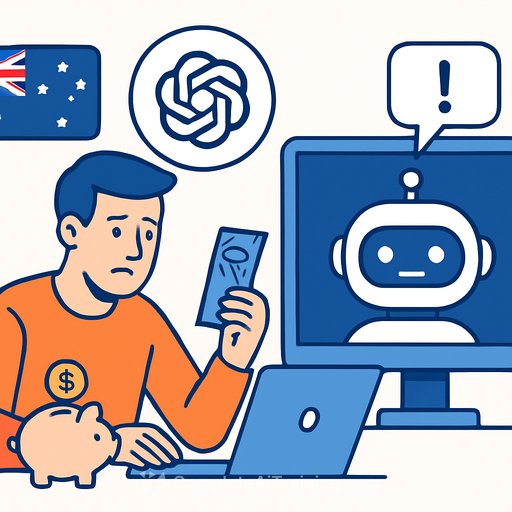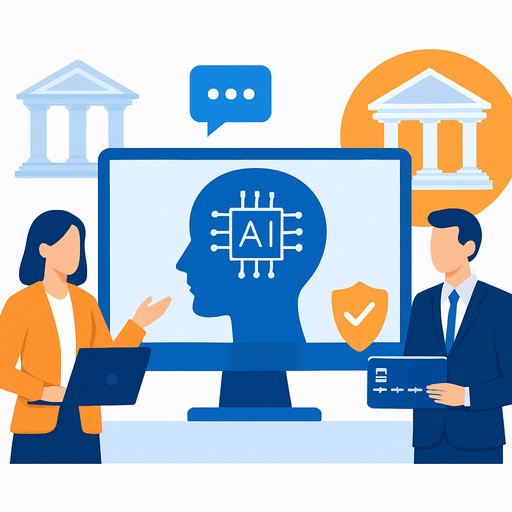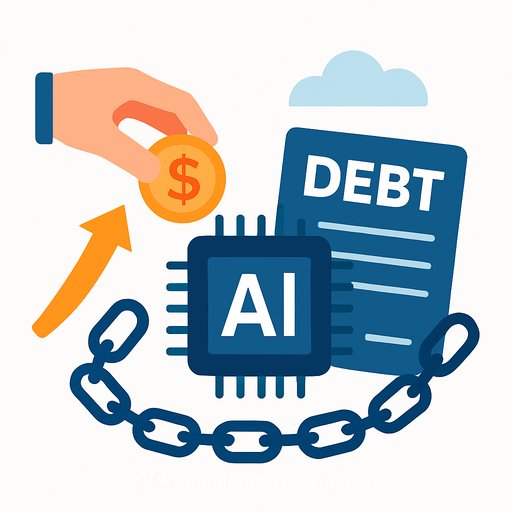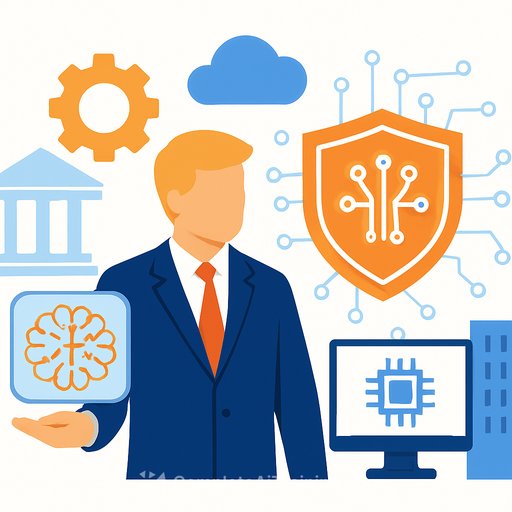Australians are asking AI for money advice. Finance pros should pay attention
More Australians are turning to chatbots for answers on loans, tax, and investing. They're fast, always on, and surprisingly helpful for quick maths and plain-English explanations.
That's how Brisbane local Georgina Doll approached her home loan. She used ChatGPT to model repayments at different rates and to explore options she didn't study at school - tax, accounting, the boring-but-important stuff. She knew it wasn't perfect, so she kept it to analysis and learning, not final decisions.
What three major chatbots said about a $10,000 offset account
Prompt: "I've got $10,000 in savings. Is an offset account worth $15 per month in fees?"
- Microsoft Copilot: Positive. With a 6% rate, $10,000 in offset saves about $600 per year. After $180 in annual fees, that's a ~$420 benefit if the balance stays around $10k. Notes that below ~$3k, fees can outweigh savings. Mentions redraw and fee-free options.
- Google Gemini: Cautious. Highlights a key detail often missed: offset loans can carry higher interest rates than basic loans. A 0.2% premium on a $500,000 loan is ~$1,000 per year - which can erase the offset benefit. Recommends a lower-rate loan with redraw for many borrowers at $10k savings.
- OpenAI ChatGPT: Positive, with math. Same $600 saved at 6% minus $180 fees equals ~$420 net. Break-even savings to cover $180 in fees: ~$3,600 at 5%, ~$3,000 at 6%, ~$2,571 at 7%.
For a finance professional, the core idea is simple: break-even savings ≈ annual offset fees ÷ home loan rate. Example: $180 ÷ 6% ≈ $3,000. The hidden variable is pricing - if the offset product has a higher rate than a basic loan, that premium can wipe out the fee-based math.
The fine print that matters
- Rate differentials: Even a small premium on the offset loan can overwhelm fee-only calculations. Always compare like-for-like product rates.
- Balance stability: The model only works if savings remain in the offset. Volatile balances can flip the economics.
- Redraw vs. offset: Redraw is often free on basic variable loans and reduces interest the same way, but access can be slower and rules vary.
- Tax nuance: Offsets can preserve deductibility for investment loans. Redraw can muddy that if used for personal spending.
ASIC's message: useful for learning, risky for advice
Australia's MoneySmart program notes AI-generated information may not fit local rules or your client's situation. A licensed financial adviser must consider personal circumstances before giving advice - an AI system doesn't.
Also, models can "hallucinate" details with confidence. Treat their output as a draft, not a directive. For consumer guidance, see MoneySmart.
On the ground: how advisers see it
Financial adviser Juanita Wrenn says more clients arrive better prepared after using LLMs. That's good for education and starter questions.
The catch: AI can miss critical details and make wrong assumptions. It's strong at summaries and basic modelling, weak at edge cases and product nuance.
Research: LLMs tend to suggest higher-risk portfolios
A University of St. Gallen study tested portfolio recommendations from ChatGPT, Gemini, and Copilot. The platforms consistently pushed higher-risk allocations than a broad index benchmark.
Patterns showed a tilt to US stocks, higher expense ratios, and trend sectors like tech, delivered with confident tone. As researcher Philipp Winder put it, these systems are black boxes predicting the next word, not fiduciaries optimising risk-adjusted returns.
Practical playbook for finance teams
- Use cases that work: client education, scenario tables, fee vs. benefit math, policy summaries, and first-draft checklists.
- Guardrails: never rely on AI for product selection or personal advice; verify numbers; confirm rates, fees, and tax rules from source documents.
- Model hygiene: feed exact assumptions (rate, fees, balance volatility, tax status). Ask the model to show the formula and intermediate steps.
- Bias checks: request alternatives (e.g., basic loan + redraw, offset + balance target, split loan) and compare with your approved methodology.
- Compliance: label outputs as general information; document human review and the data sources used to validate final advice.
Offset decision framework you can use with clients
- Step 1: Confirm true rate for both products (basic vs offset). Note any rate premium and package fees.
- Step 2: Break-even savings = annual offset fees ÷ loan rate.
- Step 3: Stress test with realistic balance ranges, not a single point.
- Step 4: Compare after-fee, after-rate-premium outcomes vs. redraw alternative.
- Step 5: Layer tax considerations for investment loans; preserve deductibility where relevant.
Bottom line
AI is a solid calculator and explainer. It's not a substitute for regulated advice, product diligence, or local tax and legal nuance.
Use it to speed up analysis and client education. Make humans accountable for decisions.
Further resources
- ASIC MoneySmart - consumer-friendly guidance on loans, fees, and advice.
- AI tools for finance (Complete AI Training) - curated tooling to support analysis and workflows.
Note: This article is general information for professionals, not personal financial advice.
Your membership also unlocks:






